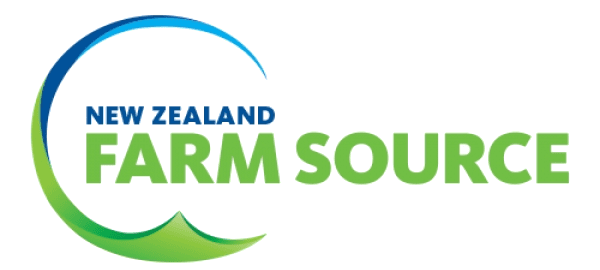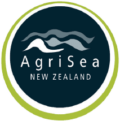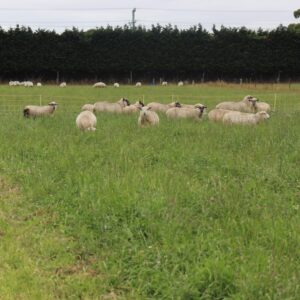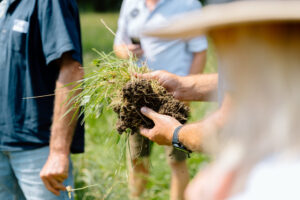Bioremediation Project
Environmental benefits and value potential
Based on the prediction of an average biomass productivity of 15g per meter2 per day, the proposed system has the capacity to produce 328 kg of dry weight biomass in a year.
In a nutrient replete system, Ulva biomass consists of approximately 4-5% nitrogen. Therefore, harvesting 328kg of biomass will remove approximately 16kg of nitrogen from the environment. Scaling this up, and using the same biomass productivity assumption of 15g of dry weight per meter2 per day, the annual biomass production is 54.8 tonnes dry weight per hectare. With a 5% nitrogen content, this equates to the removal of 2.7 tonnes of nitrogen, equivalent to 12 tonnes of nitrate per hectare of cultivation ponds per annum. Assuming nitrogen credits will come into effect in NZ nationally, and based on a value of $30 per kg of nitrogen that is permanently removed from the ecosystem, the biomass produced in one year from one hectare of seaweed production is worth approximately $ 82,000 in nitrogen credits.
Depending on the quality of the biomass, dried Ulva biomass fetches a value of $2-4/kg with a total market value of $109,600-219,200/hectare production. Furthermore, at a 5% loading (biomass: liquid ratio), this biomass also has the potential to produce over 1000 m 3 of liquid biostimulant.
Project purpose
We propose to bioremediate nutrient (N and P) rich brackish riverine/estuarine water of the Waihou river system using land-based high-rate algal ponds (HRAPs) stocked with a local species of seaweed, Ulva australis (sea lettuce).
Example of the system in full operation at the UoW


Partners and collaboration
Agrisea NZ Seaweed ltd
Ministry of Primary Industry
AGMARDT
University of Waikato
Te Waka Anga Whakamua Waikato
Veolia
Thames coromandel district council
Hauraki District Council
PWC
FLOX
Creative Communities NZ
AgriSea In The News
What would an 18.5% increase in lamb weight gain mean for you?
A recent Lincoln University research study has further proven many of the benefits we have…
Basic vs AgriSea Soil Testing
Understanding the difference between chemical and biological soil health For decades, soil testing has focused…
Science-Backed Success: Why Farmers Trust AgriSea
For 29 years, Kiwi farmers have been putting their trust in AgriSea to deliver results—across…







